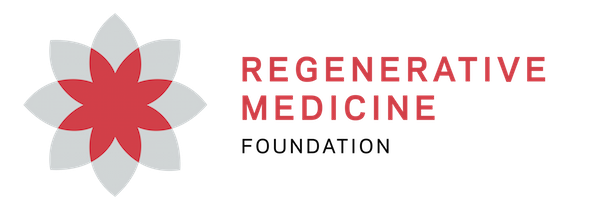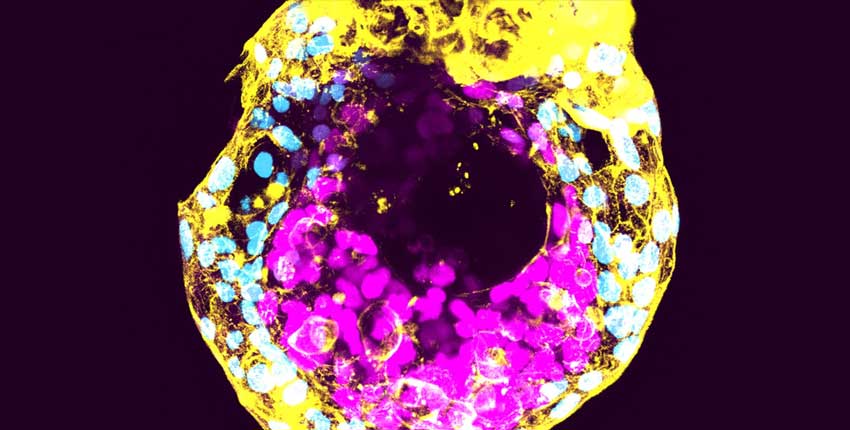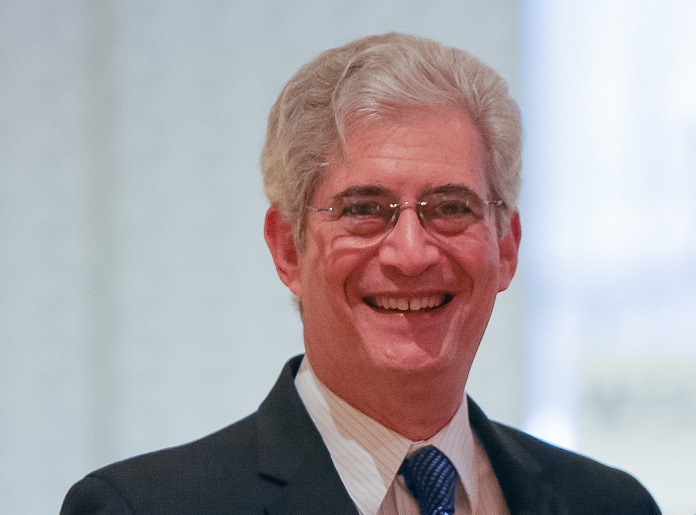by Kyoto University – Medical Express
Image Caption: The Act on the Safety of Regenerative Medicine (ASRM) targets to regulate medical practices that aim to achieve the “reconstruction, repair, or formation of human body structures or functions” or the “therapy or prevention of human disease or illness” and that use “processed cells” (excluding blood transfusion, hematopoietic stem-cell transplantation, and assisted reproductive technology). Credit: KyotoU ASHBi
Many nations around the world, including Japan, are making significant investments in regenerative medicine. This is largely due to its potential to cure people of spinal injuries and help with recovery from strokes, among other various anticipated benefits. However, it is growing increasingly difficult for patients to unambiguously distinguish regenerative medical therapies that are medically proven from those still undergoing scientific investigations.
To overcome these issues, Japan passed the Act on the Safety of Regenerative Medicine (ASRM) in 2014. However, a new study in Cell Stem Cell by Professor Misao Fujita and colleagues investigated the types of regenerative medicine being performed under the ASRM in Japan and found that revisions are necessary if it is to effectively prevent patients from mistakenly selecting unproven treatments.




